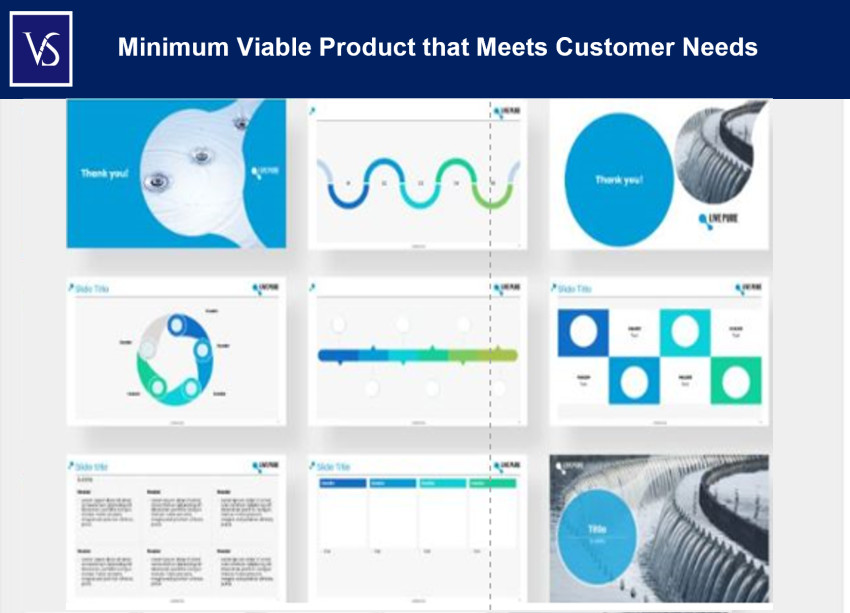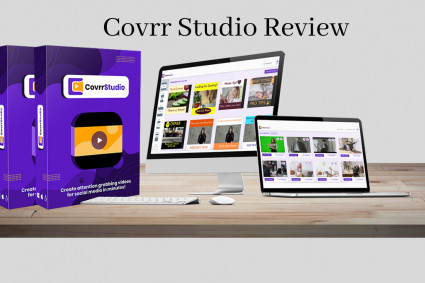
Introduction
Business landscape, it has become crucial for companies to deliver products that meet the needs and expectations of their customers. However, traditional product development processes can be time-consuming and costly, often resulting in products that fail to resonate with the target audience. This is where the concept of minimum viable product (MVP) comes into play. MVP is a strategy that allows companies to test their product ideas quickly and efficiently with a minimal investment, while also gathering valuable feedback from potential customers. In this ultimate guide, we will delve into the key components of creating a minimum viable product that truly meets the needs of your customers. From defining your target audience to choosing the right features and gathering feedback, we will provide you with practical insights and tips to help you successfully develop an MVP that will ultimately lead to a successful product launch. So, whether you are a startup or an established company looking to innovate, this guide will equip you with the knowledge and tools to create an MVP that meets customer needs and sets your product up for success in the market.
Understanding customer needs before development.
Before diving into the development process of a minimum viable product (MVP), it is crucial to thoroughly understand your target customers and their needs. This involves conducting market research, analyzing customer behaviour and preferences, and gathering feedback from potential users. By taking the time to understand your customers, you can ensure that your MVP addresses their pain points and offers a solution that will resonate with them. This not only increases the chances of a successful product launch, but also helps to build a loyal customer base from the start. So, don't skip this crucial step in the MVP development process and invest time and resources into understanding your customers before moving forward.
Prioritizing essential features for MVP.
Once you have a clear understanding of your target customers, it's time to prioritize the essential features for your MVP. This step involves analyzing the data collected during the research phase and identifying the key features that will address the most pressing pain points of your target audience. Keep in mind that the goal of an MVP is to deliver a functional product that meets the basic needs of your customers, not to have a fully featured product. By prioritizing essential features, you can minimize development time and costs, and focus on creating a core product that will resonate with your target audience. Additionally, having a well-defined set of essential features allows you to gather feedback from early adopters and make necessary improvements before investing more resources into developing additional features. Remember, the key to a successful MVP is to meet customer needs, not to have a perfect product.
Iterating based on user feedback.
Gathering and incorporating user feedback is a crucial step in the MVP process. It allows you to understand how your product is being used and how it can be improved to better meet the needs of your customers. This feedback can come in various forms, such as surveys, user testing, or direct communication with customers. By iterating based on this feedback, you can continuously improve your product and ensure that it truly meets the needs of your target audience.
Remember, the goal is not to have a perfect product, but to create one that effectively solves the pain points of your customers. So, don't be afraid to make changes and improvements based on their feedback. This will not only help you create a successful MVP, but also set a strong foundation for the future growth and success of your product.
Testing and validating product assumptions.
One crucial step in creating a minimum viable product (MVP) that meets customer needs is testing and validating product assumptions. This involves conducting thorough research and gathering data to determine whether your initial assumptions about the product and its target market are accurate. By running experiments and collecting feedback from your target audience, you can gain valuable insights and make informed decisions on how to refine and improve your product. This process is essential in ensuring that your MVP effectively addresses customer pain points and meets their needs, setting a strong foundation for future success.
Delivering value with minimal resources.
One of the biggest challenges in creating an MVP is delivering value with minimal resources. With limited time, budget, and manpower, it can be daunting to develop a product that meets customer needs and stands out in the market. However, by focusing on essential features and using lean and agile methodologies, you can create a product that delivers value while conserving resources. This requires strategic planning and continuous refinement, as well as a deep understanding of your target audience and their pain points. By prioritizing customer needs and streamlining your development process, you can create a minimum viable product that effectively meets customer needs and sets the stage for future growth and success.
Bottom line
Creating a minimum viable product is a crucial step in the product development process. By following the steps outlined in this guide, you can ensure that your MVP not only meets your customer's needs but also sets your product up for success in the market. Remember to continuously gather feedback and iterate on your MVP to create a final product that truly resonates with your target audience. With a well-executed MVP, you can confidently move forward with your product development and see your ideas come to life.
Are you seeking the expertise of a skilled design agency to enhance the quality of your upcoming business presentation and take it to unprecedented levels of excellence?
Visual Sculptors - Led by Ex-McKinsey designers’ team.
We extend a warm invitation to discover the world of top-tier presentation design agencies. With great anticipation, our team of skilled professionals at visualsculptors eagerly awaits the opportunity to collaborate with you on your forthcoming presentation design endeavour.
·




